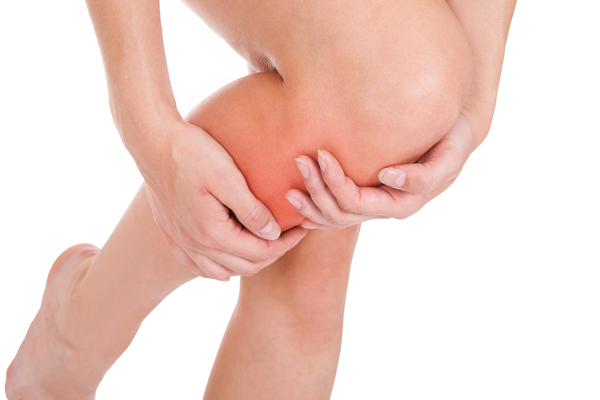What Is Complex Regional Pain Syndrome?
Type 1 and Type 2
Symptoms, Causes, and Treatments
Symptoms, Causes, and Treatments
Complex Regional Pain Syndrome (CRPS) is a chronic pain condition lasting greater than six months that occurs in the extremities after a person has suffered from an injury to a limb. This can occur whether the injury is to the soft tissues and/or bone.

The symptoms of CRPS can be different for each patient, but occur at the previously injured area and spread to involve other parts of the limb and may eventually extend to the opposite limb. Patients suffering from Complex Regional Pain syndrome will find their pain is out of proportion or more severe than expected from their injury. They may also see some of the following signs:
Skin Changes (Blotches or Streaks)
Temperature Changes
Sweating
Fluid Retention
Changes to Fingers and Toenails
Skin Appears Shiny or Thin
Joint Inflammation
Decreased Range of Motion or Stiffness
In rare cases, there is systemic inflammation that causes issues with the entire body and internal organs.
The cause of Complex Regional Pain Syndrome is an autoimmune response to the previous injury. The body perceives the trauma or fracture as a more serious threat to the system and engages the immune system to fight. This overreaction leads to unnecessary inflammation and pain.
There are two types of Complex Regional Pain Syndrome:
This type of CRPS occurs in an injury where nerve damage was not initially apparent. This used to be referred to as Reflex Sympathetic Dystrophy or RSD.
The second type of CRPS occurs as a result of a confirmed major nerve injury such as can occur as a result of a fracture of the humerus or fibula. This used to be referred to as Causalgia.
Dr. Alain de Lotbinière will look over your medical history and perform a physical exam to check for indications of CPRS. He may also employ diagnostic tests to confirm the diagnosis, such as ultrasounds, thermography, x-rays, or an MRI.
After diagnosis, Dr. de Lotbinière can provide expert guidance on the best treatment plan for CRPS. Early diagnosis and treatment can be critical to getting the best outcomes. Treatment options include:
If you believe you are suffering from CRPS, contact Dr. Alain de Lotbinière today! An expert in diagnosing complex pain conditions and providing advanced neurological treatments, he can help you find the answers you need. Book an appointment today at one of his convenient locations in either White Plains, New York or Stamford, Connecticut.